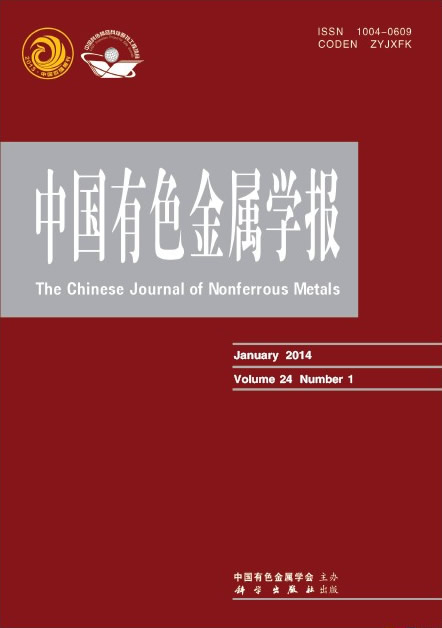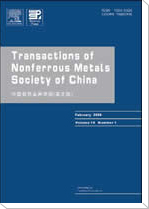显微组织与力学性能
(1. 北京科技大学 材料科学与工程学院,北京 100083;
2. 广州市特种承压设备检测研究院,广州 510100)
摘 要: 采用电弧加热镀锌钢板,通过热传导使铝合金熔化,形成两个互不接触的熔池,实现钢/铝异种金属搭接熔钎焊;利用扫描电镜(SEM)与能谱(EDS)对连接界面的微观组织进行观察与分析。结果表明:在连接界面形成两种金属间化合物,一种为接近铝合金母材呈针状或絮状的FeAl3,另一种为接近钢呈舌状或条状的Fe2Al5;反应层FeAl3的厚度在连接界面上的分布大致均匀;而反应层Fe2Al5的厚度从焊缝中心向两侧逐渐变薄;随着焊接线能量的升高,接头的承载能力呈先增大而后减小的趋势,最高承载能力可达177.2 N/mm,为铝合金母材强度的84%。
关键字: TIG熔钎焊;钢/铝异种金属;金属间化合物;原子扩散
(1. School of Material Science an Engineering, University of Science and Technology Beijing, Beijing 100083, China;
2. Guangzhou Special Equipment Inspection and Research Institute, Guangzhou 510100, China)
Abstract:In order to achieve overlap tungsten inert gas (TIG) welding-brazing of galvanized steel/aluminum dissimilar metals, the galvanized steel was heated by TIG arc, which melted the aluminum through heat conduction, and then two isolated weld pools were formed. The interfacial microstructures of the joints are observed by a scanning electron microscope (SEM) and a energy dispersive spectrometer (EDS). The results indicate that two intermetallic compounds form along the interface. One is FeAl3, needle or floccule-like, close to the aluminum alloy base metal. The other is Fe2Al5, tongue or strip-liked, close to the steel. The thickness of the FeAl3 compound layer has little difference along the interface, but the thickness of Fe2Al5 compound layer gradually decreases from the weld center to both sides. With the increase of the welding heat input, the load ability of the joints increases first and then decreases, the highest value reaches 177.2 N/mm, which is 84% of that of the Al alloy base metal.
Key words: TIG welding-brazing; steel/aluminum dissimilar metal; intermetallic compounds; atom diffusion


